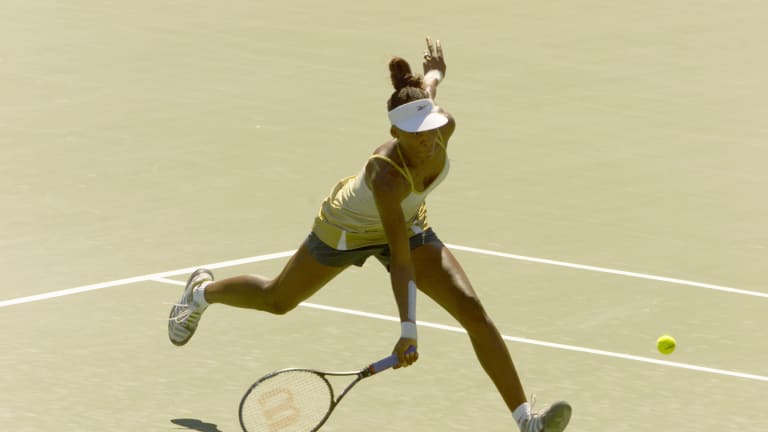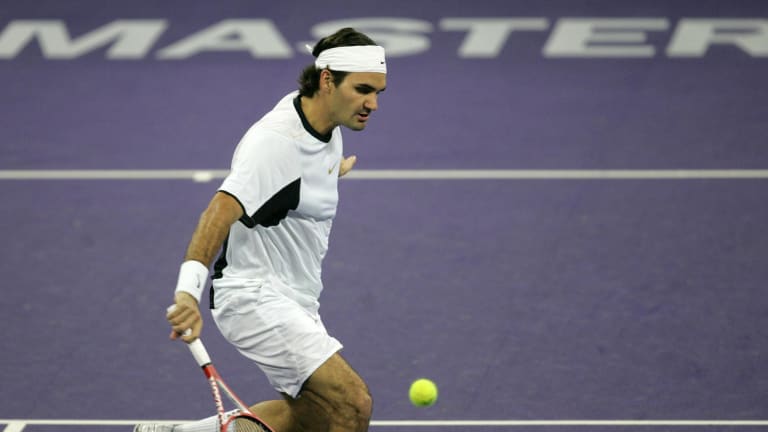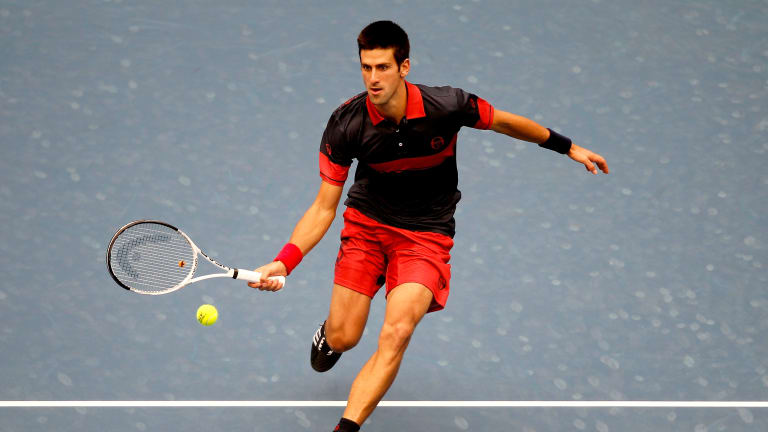Your Game
Nick’s Notes: Bollettieri on the power of the drop shot
By Dec 31, 2022Your Game
Tariffs are serving up challenges to the tennis equipment industry
By Apr 13, 2025Your Game
The Partner ball machine uses robotics to revolutionize tennis training
By Apr 12, 2025Your Game
Racquet Review: Wilson Clash 100 Pro v3
By Apr 06, 2025Your Game
Shoe Review: Adidas Ubersonic 5
By Apr 05, 2025Your Game
Doubles Partners: Asics and A.P.C. team up for one-of-a-kind tennis collection
By Mar 30, 2025Your Game
Babolat and Lamborghini collaborate on new padel racquet collection
By Mar 29, 2025Your Game
Madison Keys: how racquet change led to first Grand Slam title
By Mar 28, 2025Your Game
Geared Up: Grigor Dimitrov continues to be a force with Wilson, Lacoste and Adidas
By Mar 23, 2025Your Game
Racquet Review: Babolat Pure Drive
By Mar 22, 2025Your Game
Nick’s Notes: Bollettieri on the power of the drop shot
The late coach turns the tables on attitudes surrounding the delicate change-up, and how players can use variety to their advantage.
Published Dec 31, 2022
Advertising

Venus Williams runs toward the net and stretches out to reach a drop shot during the 2001 Pilot Pen Tennis Tournament.
© Getty Images
Advertising

Roger Federer hits a drop shot during his semi-final match at the 2005 Tennis Masters Cup.
© AFP via Getty Images

Novak Djokovic positions himself to chase down a drop shot during the 2010 China Open.
© 2010 Getty Images